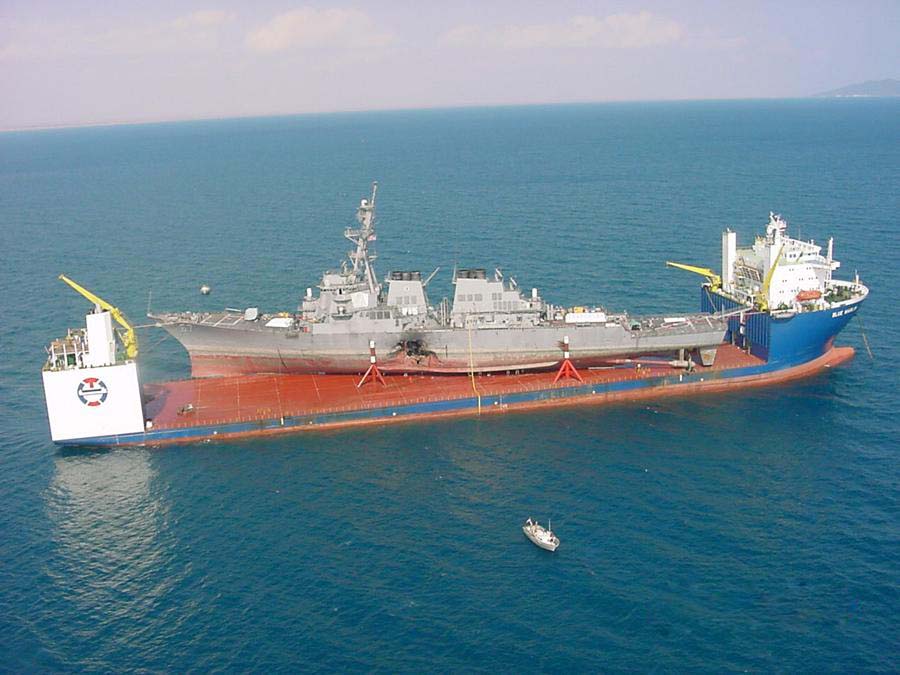Heavy lift on:
[Wikipedia]
[Google]
[Amazon]
 In transportation, heavy lift refers to the handling and installation of heavy items which are indivisible, and of weights generally accepted to be over 100 tons and of widths/heights of more than 100 meters. These oversized items are transported from one place to another (sometimes across country borders) then lifted or installed into place. Characteristic for heavy lift goods is the absence of standardization which requires an individual transport planning.
In transportation, heavy lift refers to the handling and installation of heavy items which are indivisible, and of weights generally accepted to be over 100 tons and of widths/heights of more than 100 meters. These oversized items are transported from one place to another (sometimes across country borders) then lifted or installed into place. Characteristic for heavy lift goods is the absence of standardization which requires an individual transport planning.
 In transportation, heavy lift refers to the handling and installation of heavy items which are indivisible, and of weights generally accepted to be over 100 tons and of widths/heights of more than 100 meters. These oversized items are transported from one place to another (sometimes across country borders) then lifted or installed into place. Characteristic for heavy lift goods is the absence of standardization which requires an individual transport planning.
In transportation, heavy lift refers to the handling and installation of heavy items which are indivisible, and of weights generally accepted to be over 100 tons and of widths/heights of more than 100 meters. These oversized items are transported from one place to another (sometimes across country borders) then lifted or installed into place. Characteristic for heavy lift goods is the absence of standardization which requires an individual transport planning.
Typical cargo
Typical heavy-lift cargo includes generators, turbines, reactors, boilers, towers, casting, heaters, presses, locomotives, boats, satellites, military personnel and equipment. In the offshore industry, parts of oil rigs and production platforms are also lifted; some of these are also removed at the end of an installation's working life. Recent notable lifts have included several of >2000metric tons
The tonne ( or ; symbol: t) is a unit of mass equal to 1000 kilograms. It is a non-SI unit accepted for use with SI. It is also referred to as a metric ton to distinguish it from the non-metric units of the short ton ( United State ...
in the de-commissioning of the North West Hutton oil field in the British sector of the North Sea
The North Sea lies between Great Britain, Norway, Denmark, Germany, the Netherlands and Belgium. An epeiric sea on the European continental shelf, it connects to the Atlantic Ocean through the English Channel in the south and the Norwegian ...
.
Transport
To transport heavy-lift items special trucks or trailers ( flatbeds) are used, which are especially suitable due to their large loading area and capacity. Forairlift
An airlift is the organized delivery of supplies or personnel primarily via military transport aircraft.
Airlifting consists of two distinct types: strategic and tactical. Typically, strategic airlifting involves moving material long distan ...
special large-volume cargo aircraft like the Antonov An-225 are employed which can move up to 250 tons of freight. On inland waters barge
Barge nowadays generally refers to a flat-bottomed inland waterway vessel which does not have its own means of mechanical propulsion. The first modern barges were pulled by tugs, but nowadays most are pushed by pusher boats, or other vessels. ...
s are often used. Sealift is carried out by special heavy-lift vessels which often possess their own cranes for loading and discharging cargo. Transportation of heavy-lift cargo ranks among the most challenging and complex services in logistics and is handled by specialized companies.
References
{{reflistLiterature
* Pieper, Marcus: Durchführung eines Schwergut-Transportes mit Binnenschiff und Straßenfahrzeug aus technischer und organisatorischer Sicht. Bremen 1997. * Internationale Transport-Zeitschrift; 2008, 13/14. Spezial: Break Bulk, Schwergut-Special Freight transport